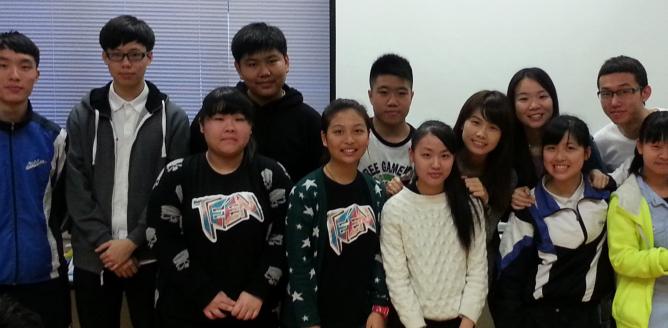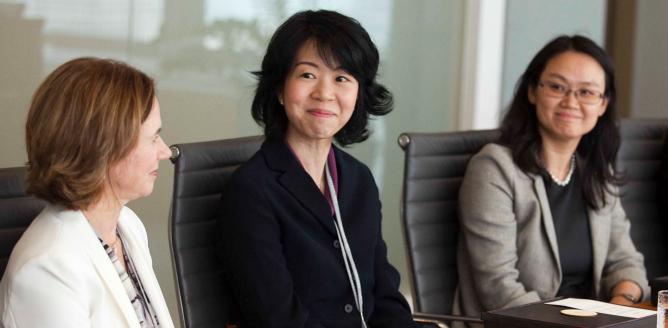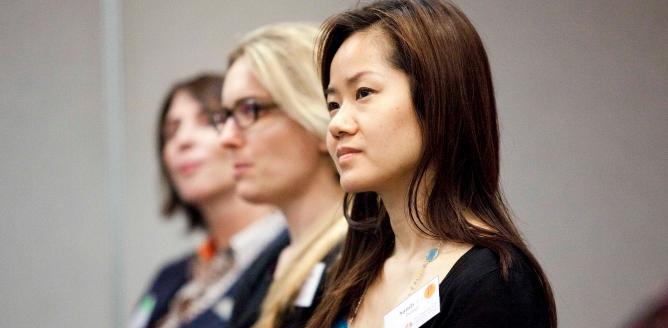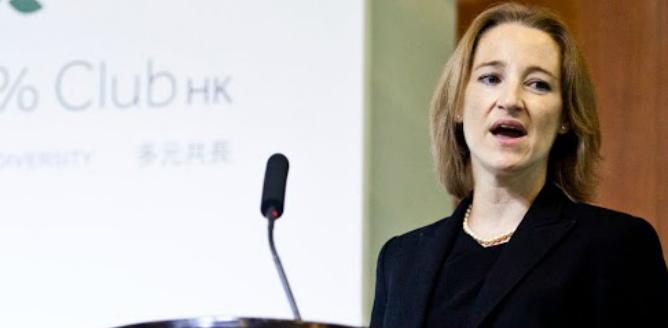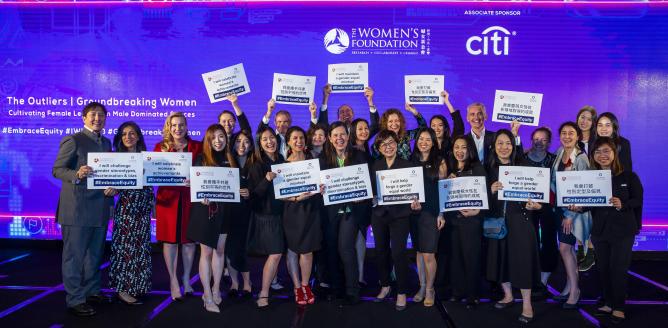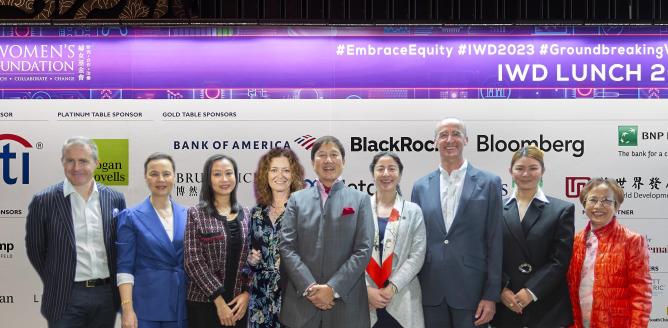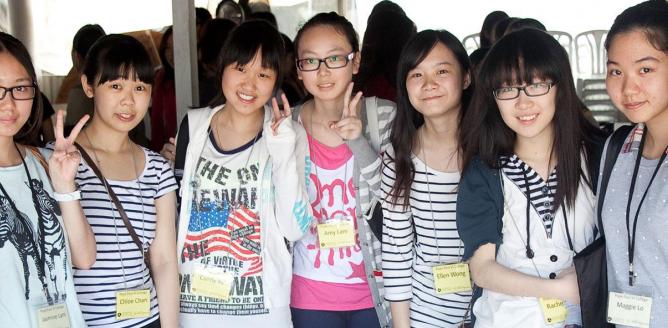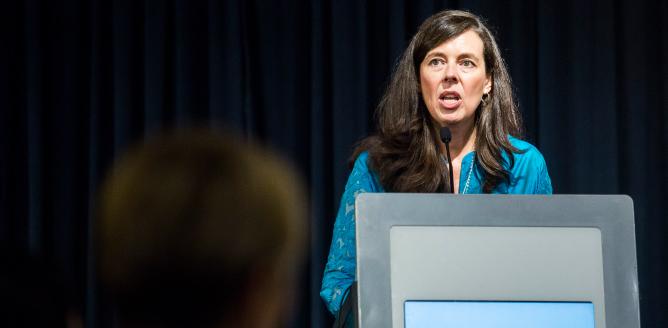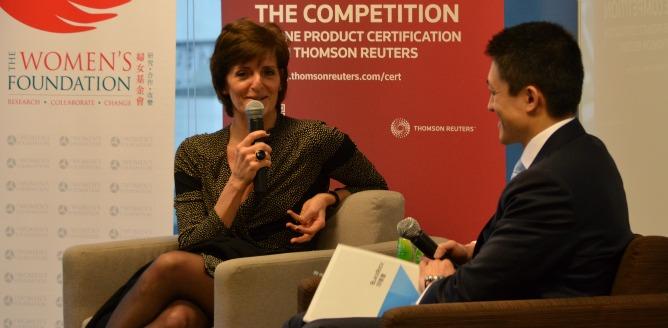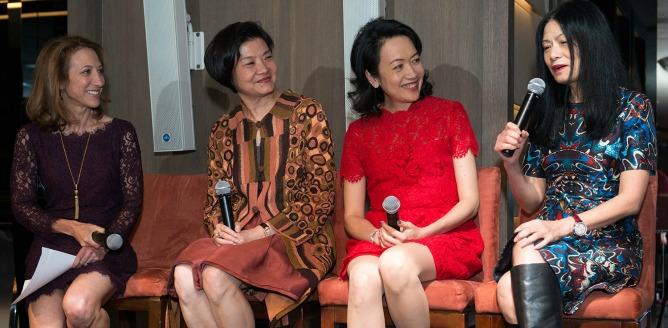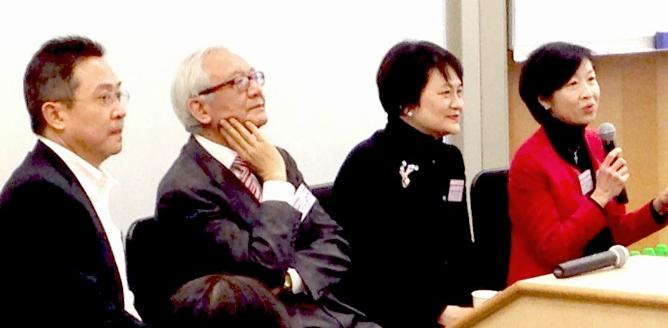Employers in Hong Kong face a persistent talent shortage, with 3 out of 4 firms struggling to recruit skilled workers in 2024. Given women’s low workforce participation rate at just 48%, we are a keen proponent of removing the barriers preventing women from joining the workforce as part of the solution to fill the talent gap. To do so, employers must create the right conditions for this diverse population to thrive. Whilst there has been an increased focus on the benefits of enabling equity and inclusion, these efforts have often overlooked a key dimension of diversity: socio-economic background.
Globally, people from lower socio-economic backgrounds face more obstacles and are less likely to succeed than those from higher income backgrounds. This type of disadvantage can equal that experienced by gender or race. Entrenched discrimination, lower educational achievement, traditional hiring practices and a lack of supportive professional networks are among the issues that converge to make it much more difficult for this group, which makes up more than half the working population, to reach their potential.
In some industries, the gender and socio-economic inequalities are particularly stark. Many girls from disadvantaged backgrounds are not encouraged to study STEM subjects or pursue careers in tech, for example. A recent study found that three-quarters of women from lower income backgrounds were not encouraged to pursue tech careers at school and over 80% never learned to code. This is why TWF’s Girls Go Tech Programme aims to motivate and inspire girls to do just this, working to reduce the gender gap and increase social mobility in the technology industry.
Hong Kong is no exception to this phenomenon. A survey conducted by the Chinese University of Hong Kong found that only 17.5% of respondents felt there were enough opportunities for upward mobility for young people, with most people’s personal experience of social mobility being stagnant or downwards, and the majority had little hope for improvement in the future. Given our city’s immense and widening wealth gap, where last year our richest residents made nearly 60 times as much as our poorest (up from 34 times more in 2019) this should come as little surprise. Women are overrepresented among those living in poverty, and this often is exacerbated by other factors such as race / ethnicity, abilities and age, among others.
Addressing socio-economic gaps in opportunity will require comprehensive efforts, and needs to include the government and the business and education sectors. Beyond the equity argument, there is also a strong business case for hiring employees from non-traditional backgrounds. Research indicates people from a less advantaged background may make better than average leaders. Diverse perspectives support innovation and effective decision making. Inclusive companies overall are more likely to report better overall performance, higher employee satisfaction and retention as well as better customer experience. In economies where more managers are from lower income groups, GDP per capita is higher.
A circle of social mobility, equal representation and senior leadership teams that genuinely reflect the customers and communities they serve is possible, and it is to the advantage of business and society. Let’s work to inclusively and creatively enable the conditions necessary to reap the full benefits of all our talent, regardless of socio-economic background.
Here are three things employers can do to reduce bias due to socio-economic status:
- Create inclusive recruitment processes: diversify where candidates are recruited from, review the inclusivity of the language used and the level of qualifications required (for example, are degrees genuinely needed to do the job).
- Incorporate upskilling as part of career development: Hire for potential development into future needed roles. For example, McKinsey cites the example that a cashier has foundational skills that, with training, could lead to a sales management career pathway – which has higher pay and would meet market gaps.
- Measure socio-economic diversity: Monitor socio-economic status in recruitment, retention and promotion alongside other targets in your organisation’s wider DEI strategy.
Get in touch at Fiona.Nott@twfhk.org.

